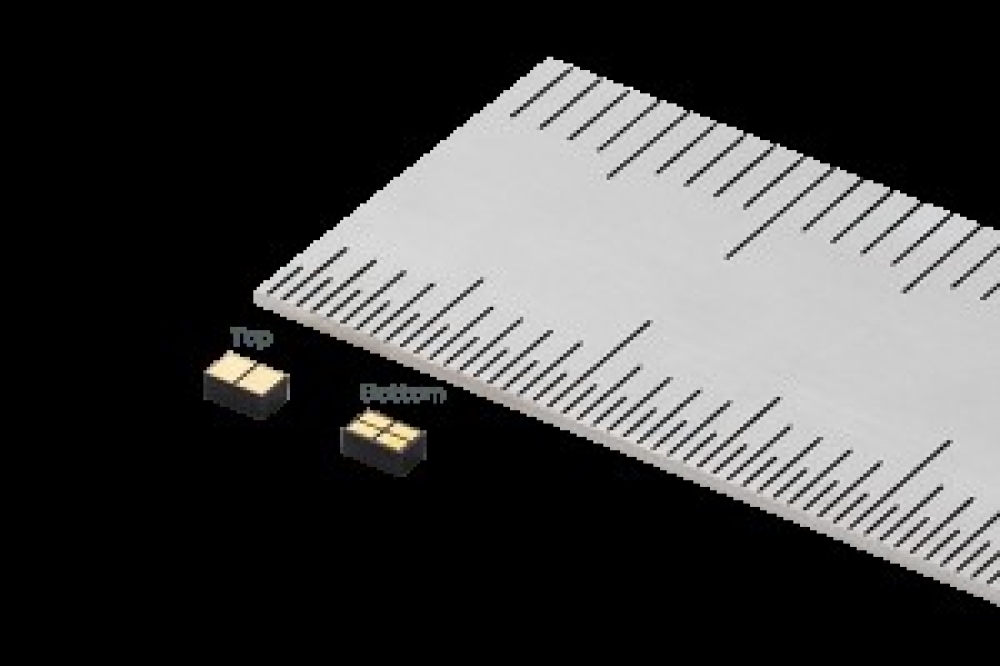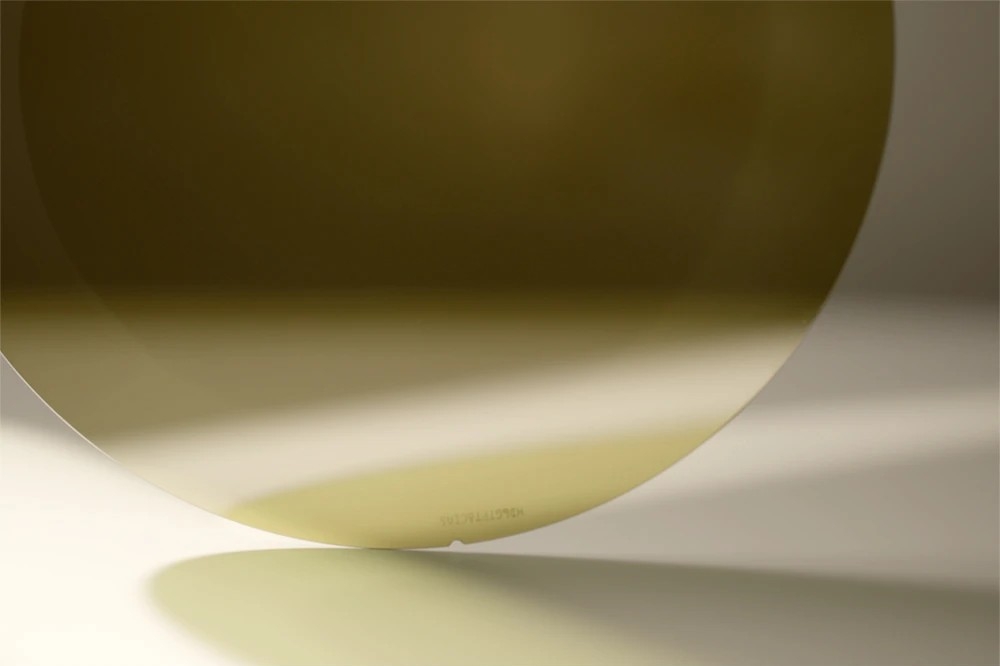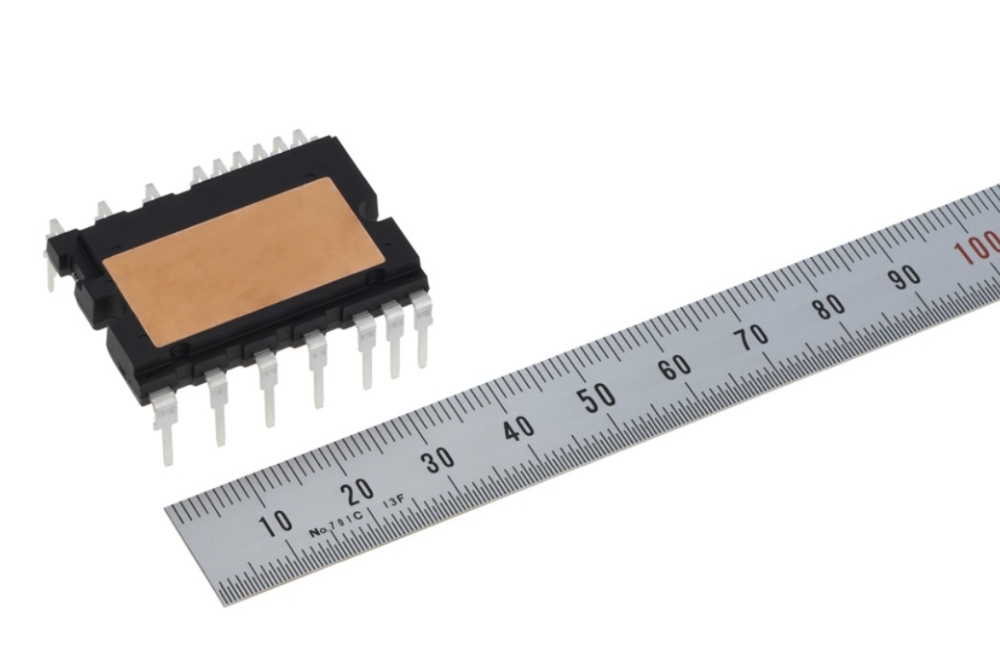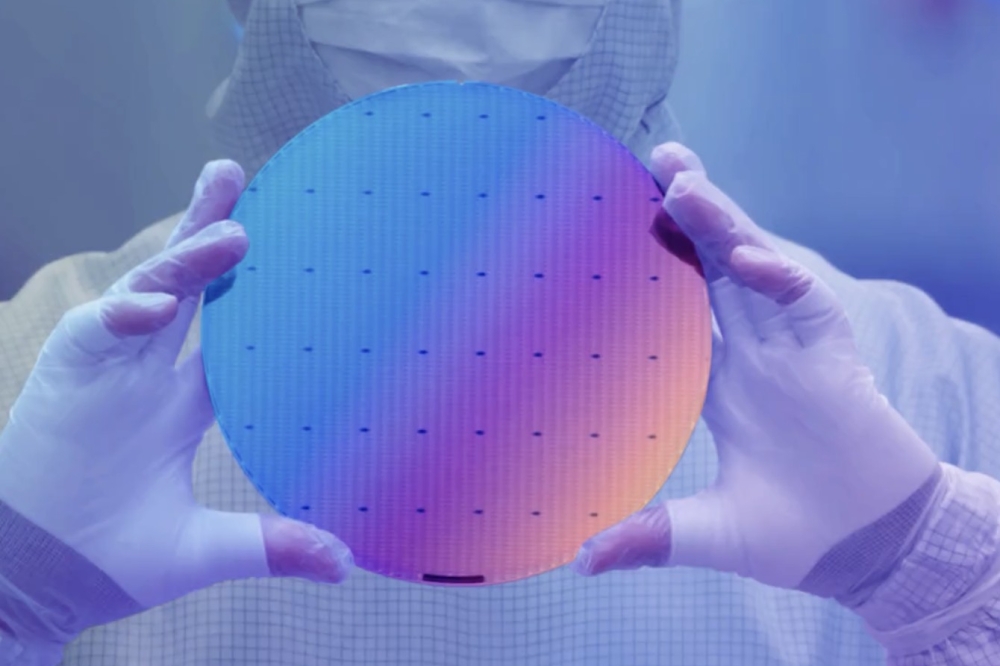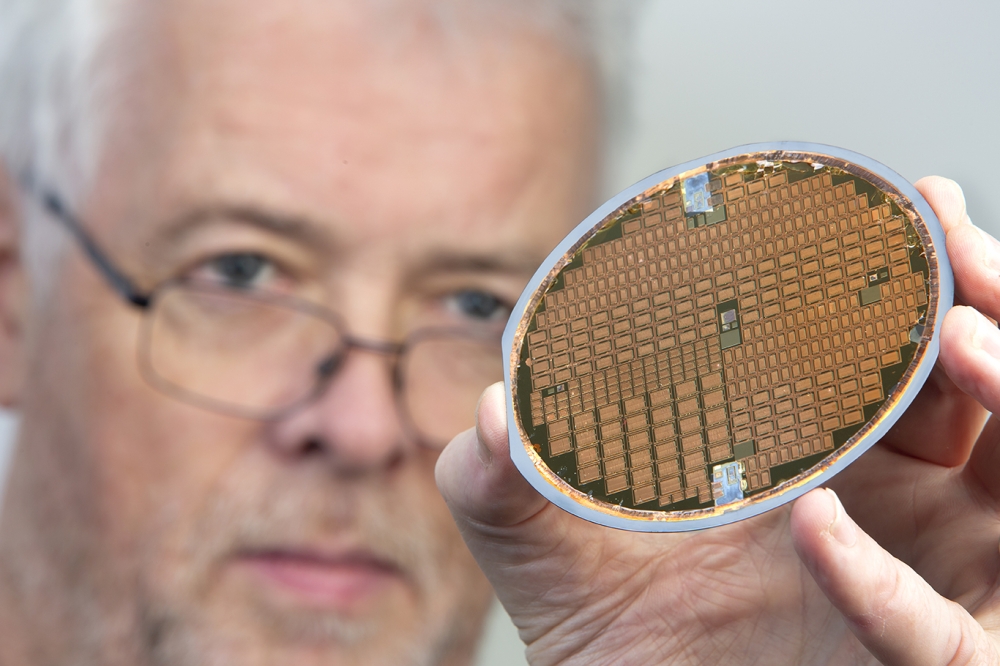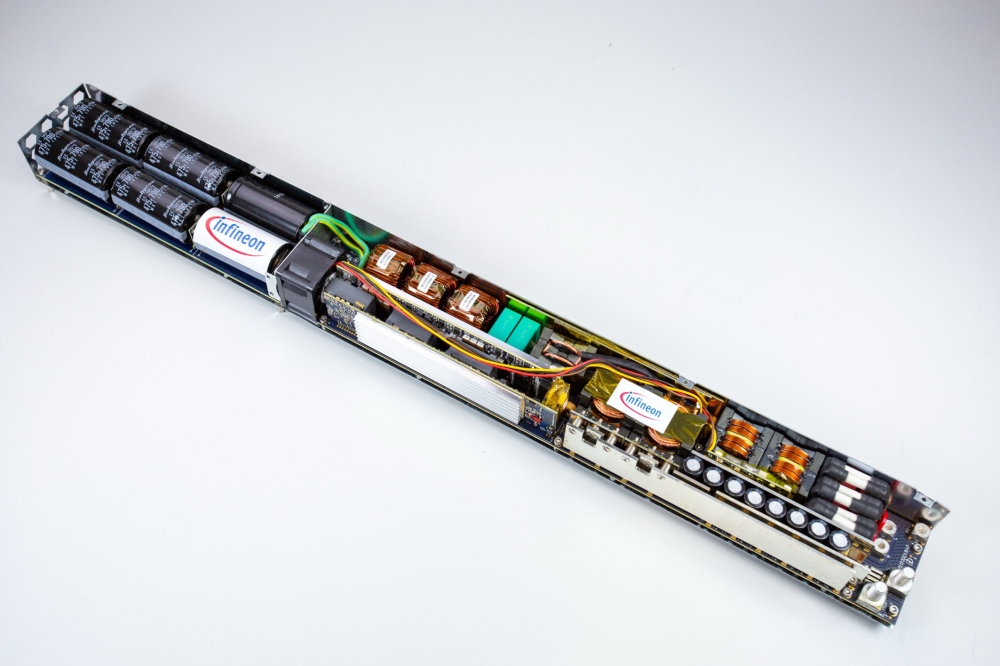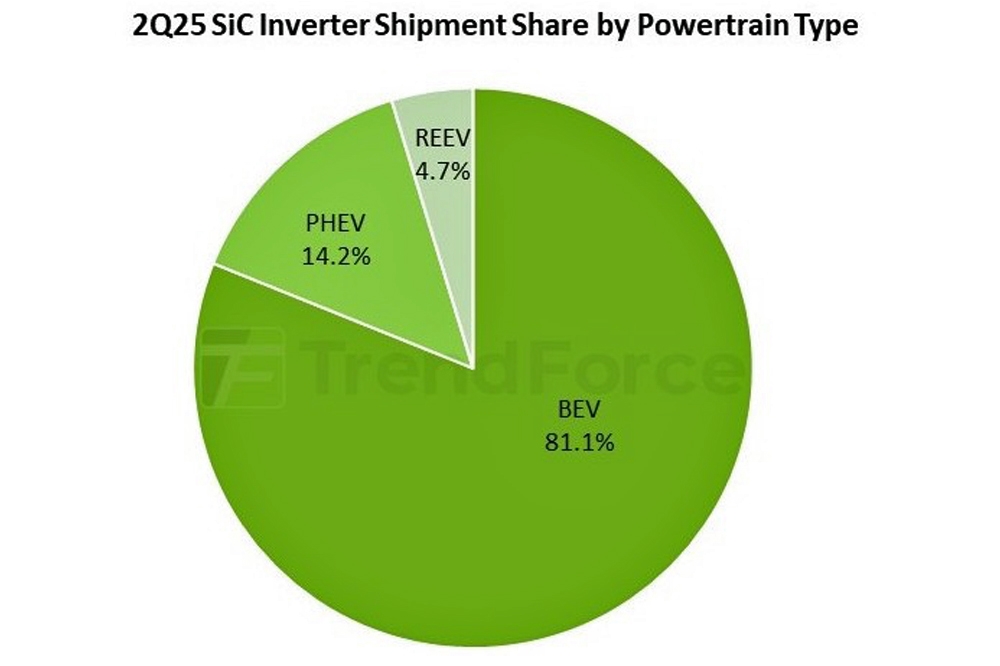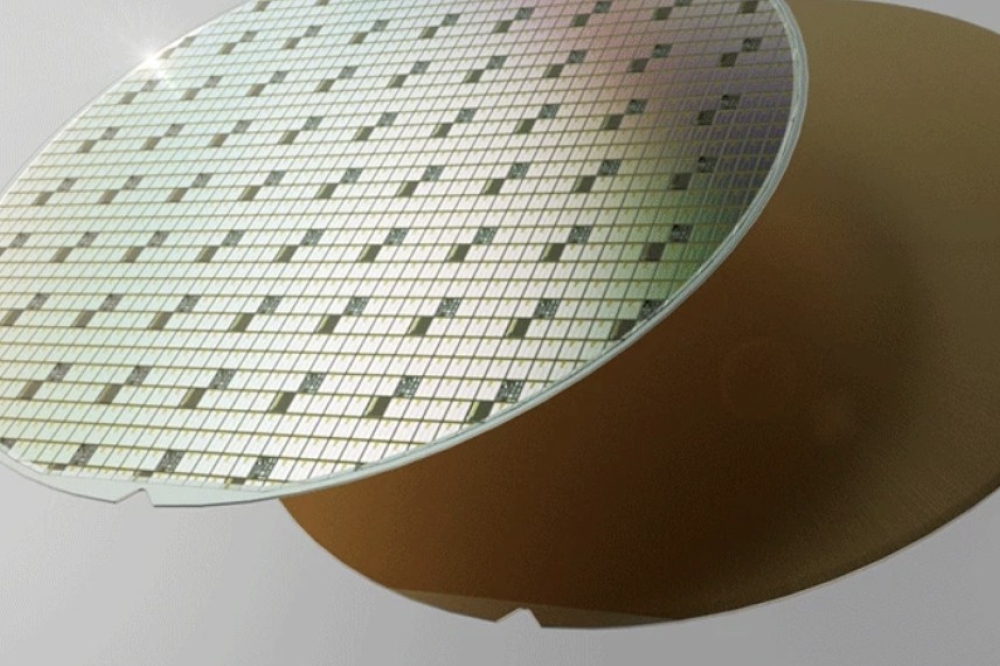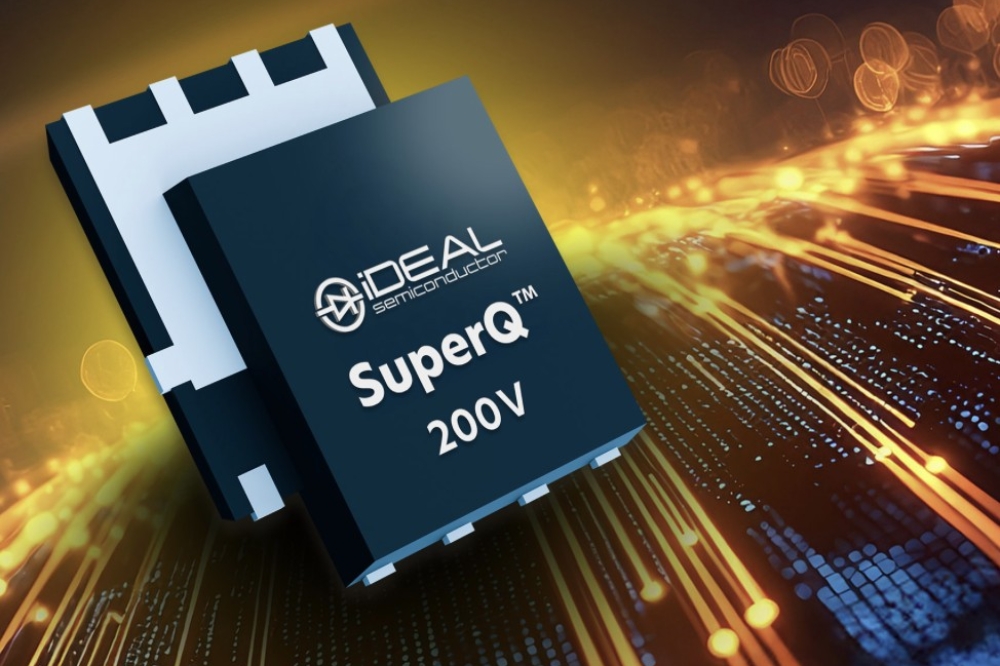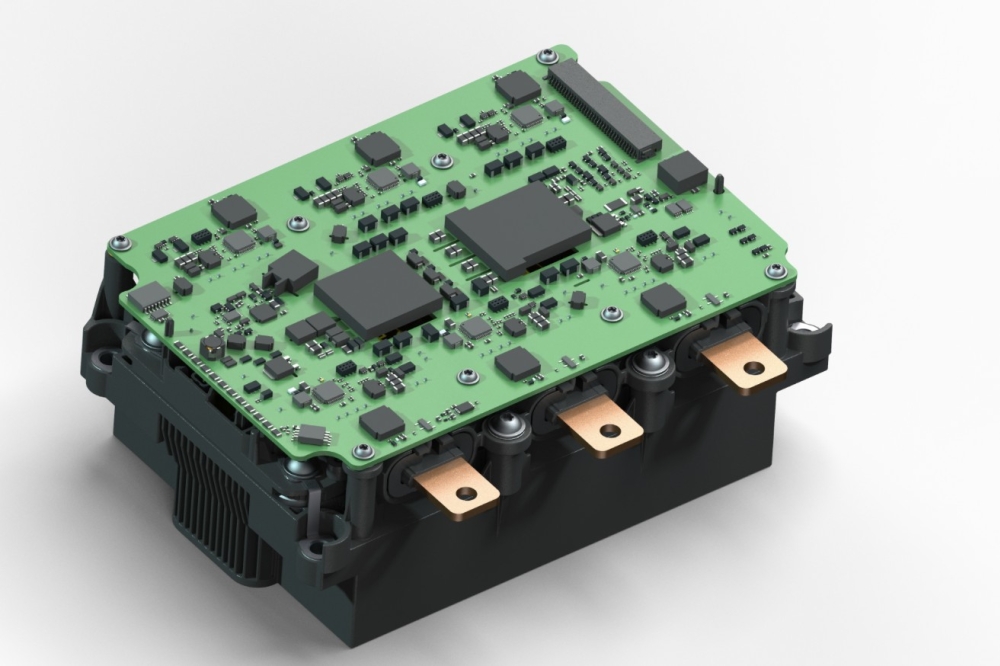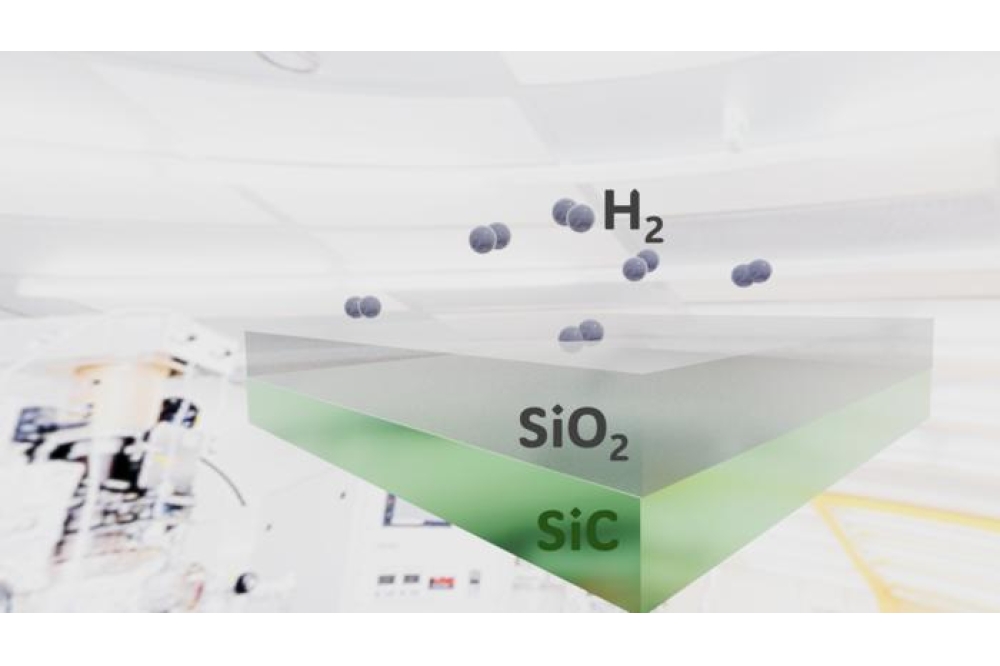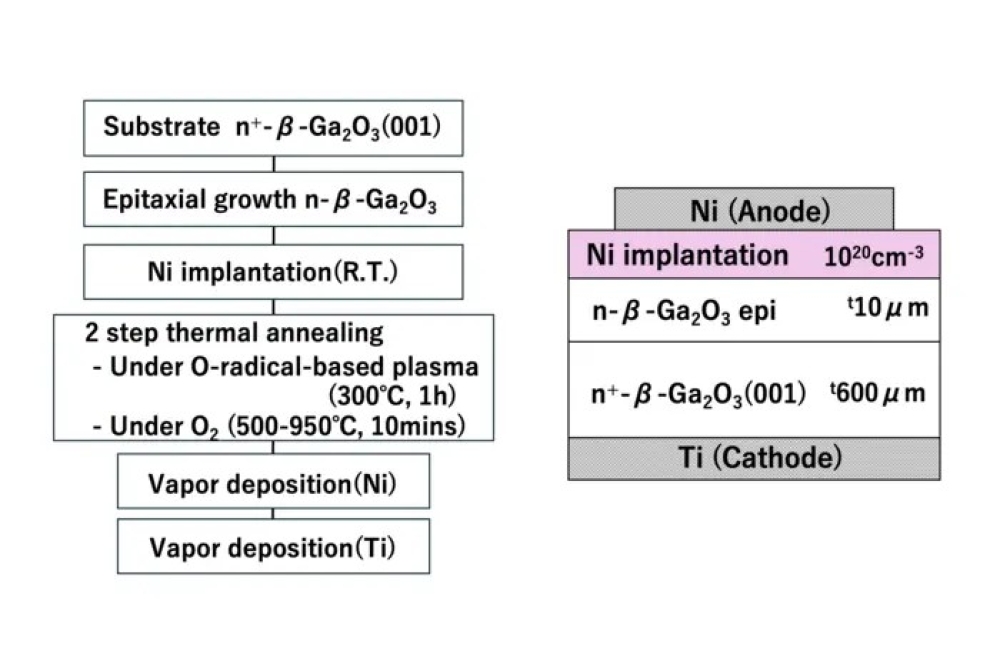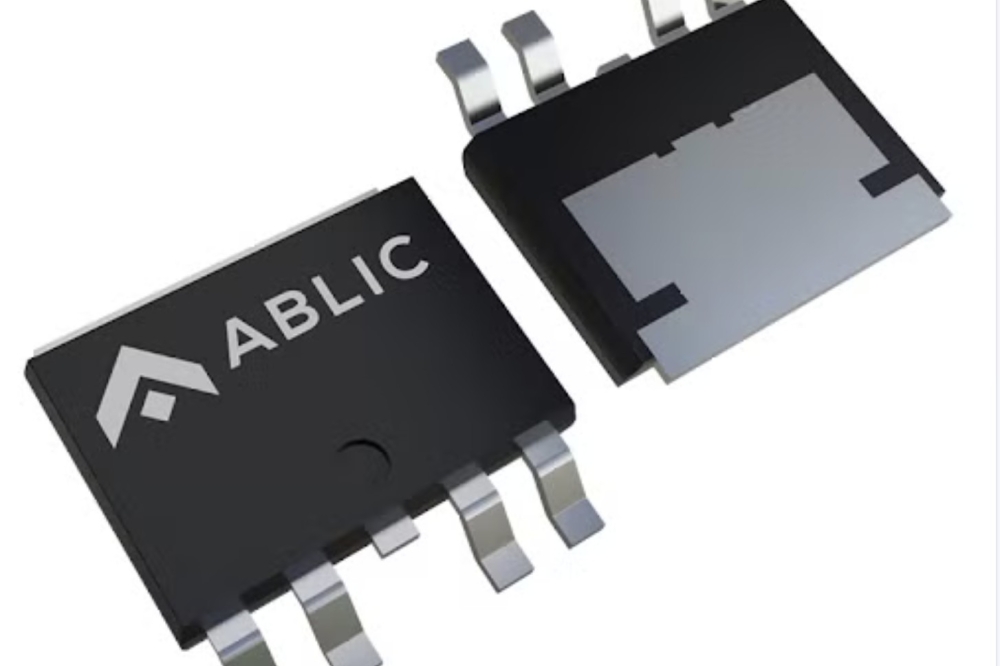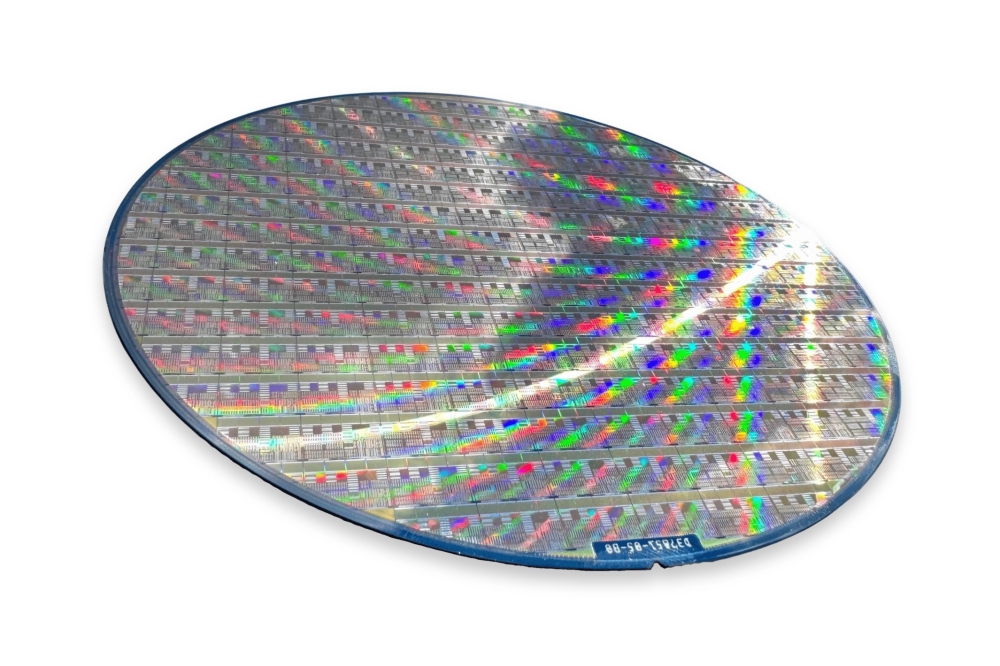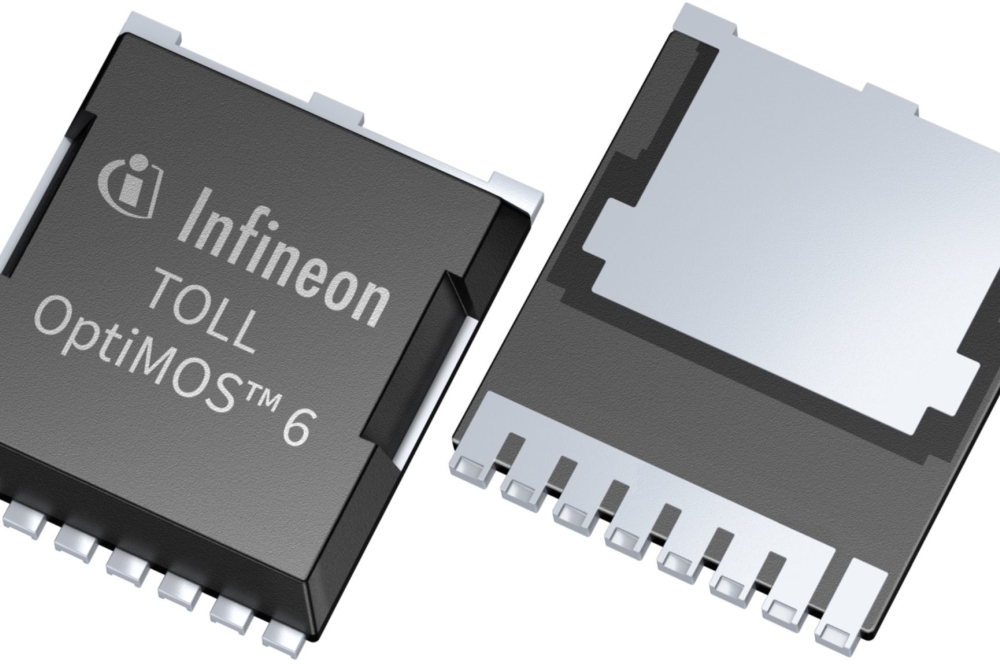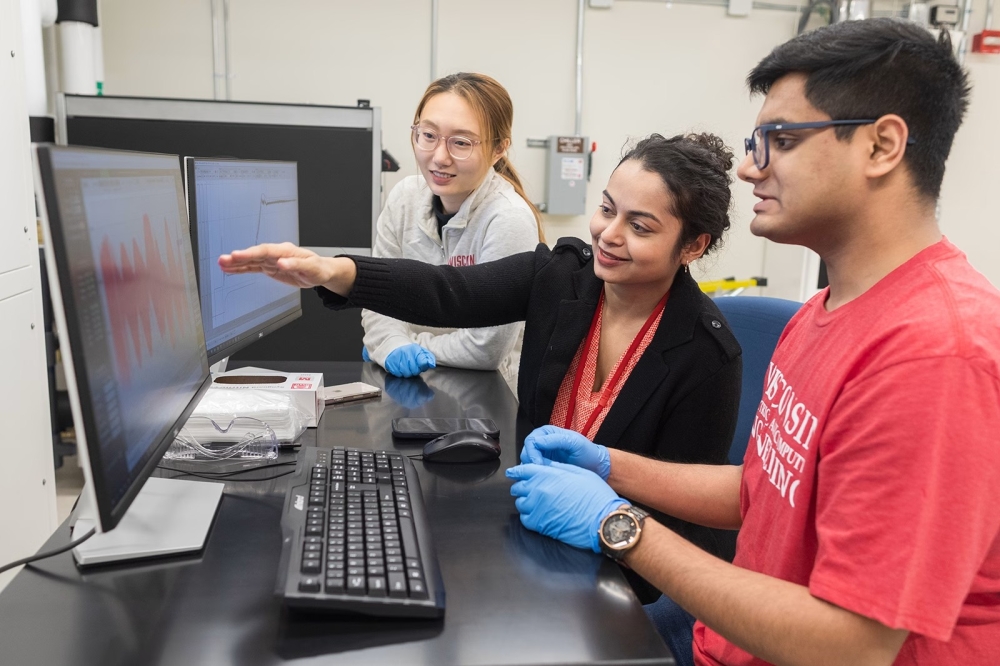Si-doped AlN films for Schottky applications
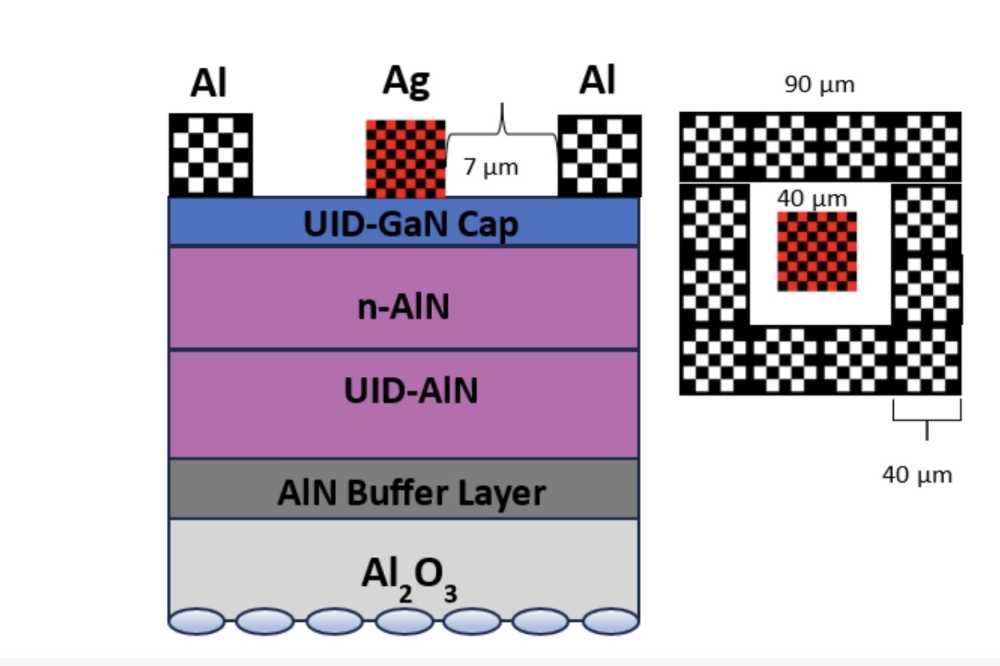
Researchers from the Sivas Cumhuriyet University, Atatürk University, and Eskişehir Osmangazi University in Turkey have grown silicon-doped AlN films on sapphire substrates using MOVPE to make Schottky diodes
Their paper 'MOVPE growth of Si-doped AlN and Schottky diode fabrication' in the journal Materials Science and Engineering:B provides important insights into the use of wide bandgap semiconductors in next-generation electronics, where devices must withstand extreme conditions of high power and high frequency.
With its wide bandgap, high breakdown field, and excellent thermal conductivity, AlN stands out as a promising candidate, and the incorporation of silicon dopants offers new opportunities to tailor its structural and electrical properties for practical device applications.
The significance of this work lies in the controlled adjustment of doping levels and the direct correlation established between growth conditions and device performance.
During MOVPE growth, silicon flow rates were systematically varied to achieve different doping concentrations, and their effects on structural, morphological, optical, and electrical properties were investigated.
This approach revealed how growth parameters influence material quality and ultimately the functionality of AlN-based Schottky devices, providing a pathway toward the optimisation of high-performance future devices.
Experimental findings clearly demonstrated the influence of doping. Secondary Ion Mass Spectroscopy (SIMS) confirmed silicon concentrations up to 2 × 10¹⁸ cm⁻³. X-ray diffraction (XRD) analysis revealed peak separations associated with high defect densities.
Atomic Force Microscopy (AFM) showed that stepped terrace structures dominated at low doping levels, while increasing silicon concentration led to irregular and larger grain structures. Raman and transmittance spectroscopy indicated stress modifications and shifts in the absorption edge depending on the doping level.
In addition, current–voltage (I–V) measurements carried out between 400–550 °C confirmed Schottky diode behavior, with extracted barrier heights and ideality factors consistent with thermionic emission theory.
Alongside electrical characterisation, the structural and optical analyses revealed that AlN is highly sensitive to doping levels, which is critical for both materials science and device engineering. The preservation of Schottky diode behaviour at elevated temperatures confirms that AlN is a strong candidate for power electronics and radio-frequency applications.
Looking ahead, future studies will focus on further optimising the silicon incorporation process to reduce defect densities and improve film uniformity. According to the researchers, these efforts are expected to enhance the performance and long-term reliability of AlN-based Schottky diodes, bringing them closer to realising robust, high-performance devices capable of operating under demanding conditions.
Reference
Izel Perkitel et al; Materials Science and Engineering: B, Volume 323 (2025) ,
Pictured above: Fig. 1. Schematic representation of fabricated AlN SBDs on c-plane sapphire substrate with MOVPE.






